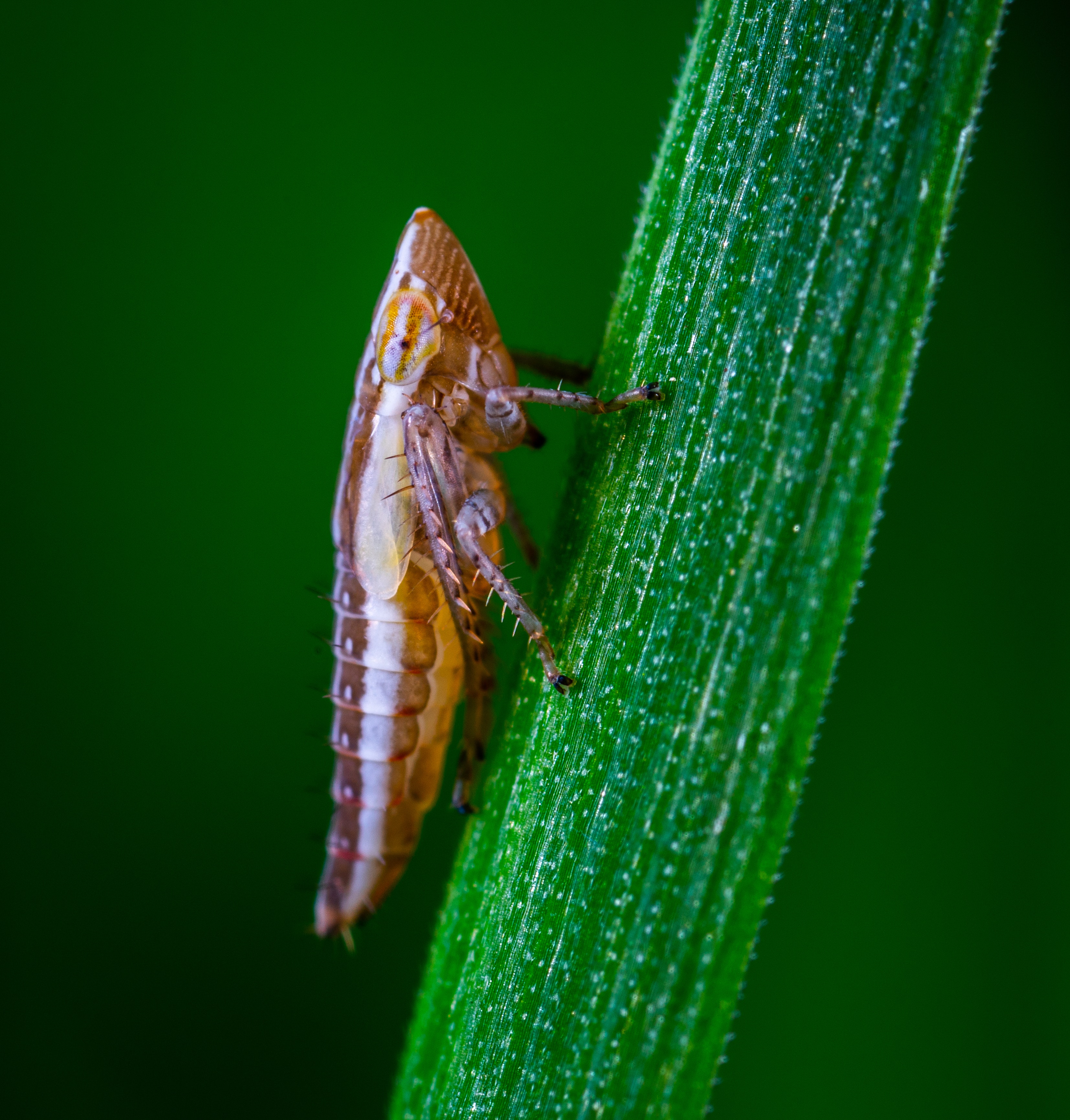Leafhoppers

Scientific Name
Cicadellidae
Description
Leafhoppers are small, agile insects that feed on plant sap, often transmitting pathogens. They can be identified by their wedge-shaped bodies and rapid, darting movements on foliage.
Characteristics
These insects are typically small with a wedge-shaped body and distinctive, quick movements. Their feeding causes stippling, chlorotic spots, and sometimes the transmission of plant diseases.
Control Methods
- Organic sprays: Apply insecticidal soap, neem oil, or horticultural oils during peak activity periods to deter leafhopper feeding.
- Cultural practices: Implement companion planting with repellent species, and practice crop rotation to reduce the buildup of leafhopper populations.
- Preventive methods: Ensure plants are healthy with proper watering and balanced fertilization, and regularly monitor for early signs of leafhopper activity.
- Biological controls: Introduce natural predators like spiders, lacewings, and parasitic wasps, which feed on leafhoppers.
- Mechanical physical: Use yellow sticky traps to capture adults and manually remove infestations when detected.
Natural Enemies
- Spiders
- Lacewings
- Parasitic Wasps
- Predatory Bugs